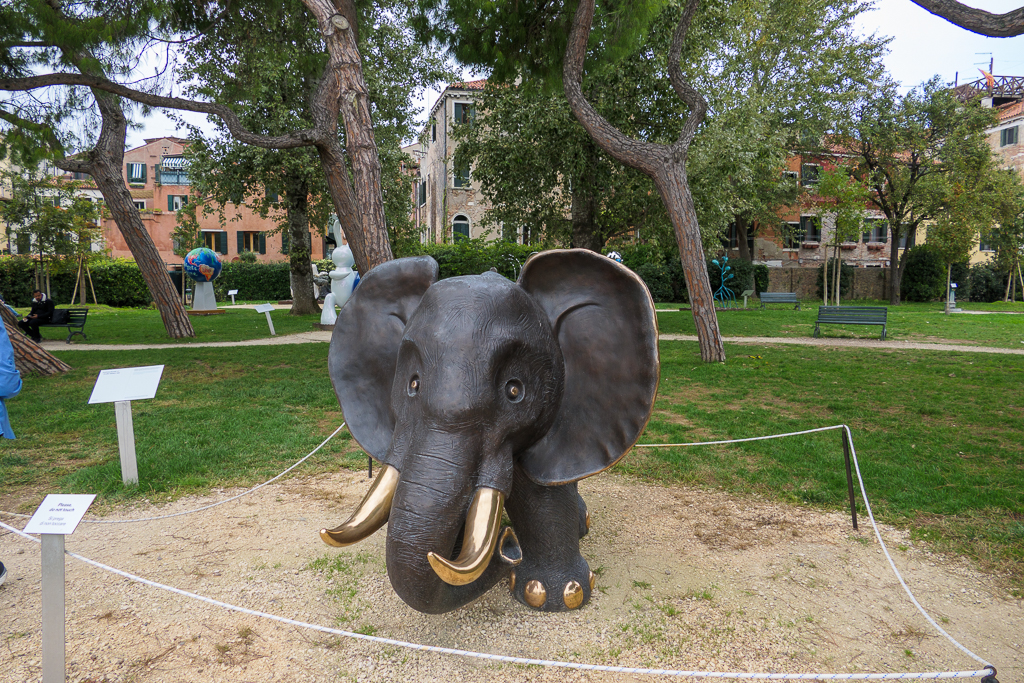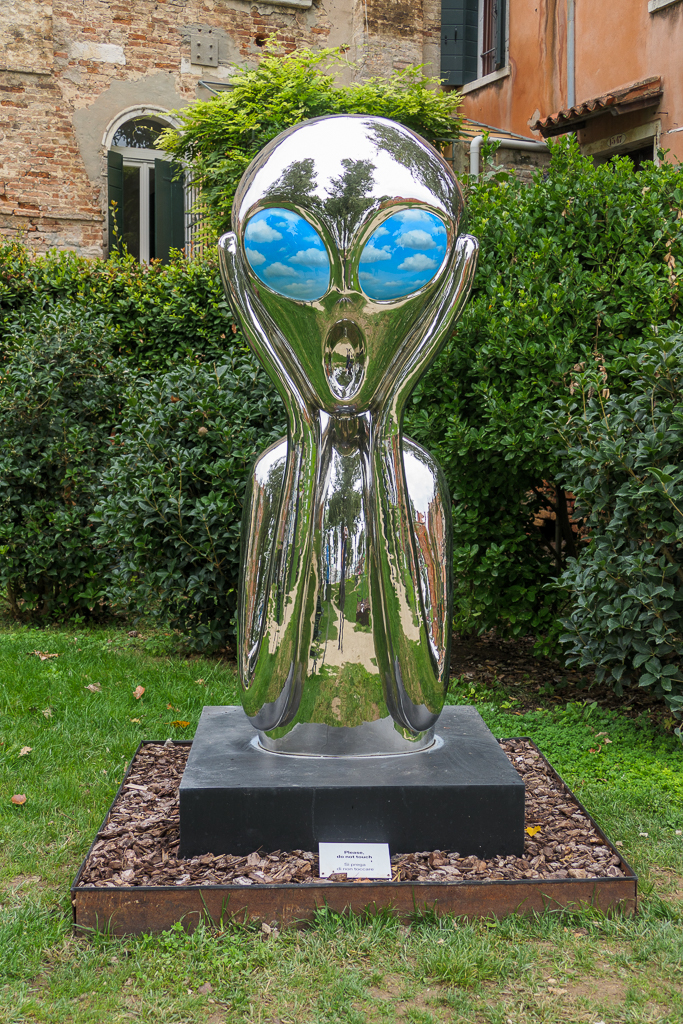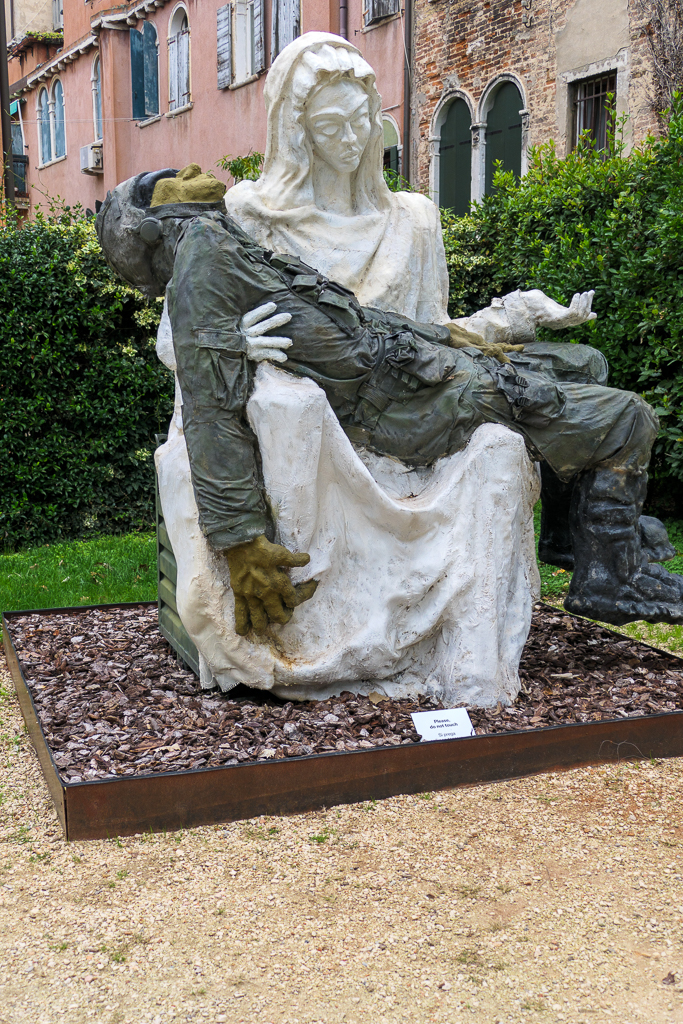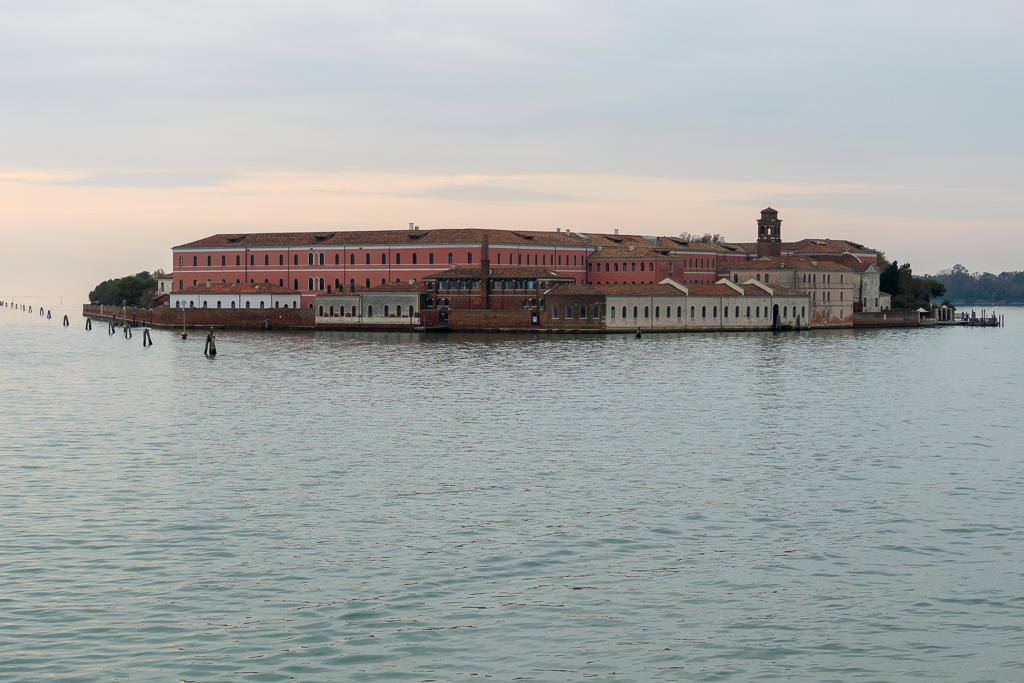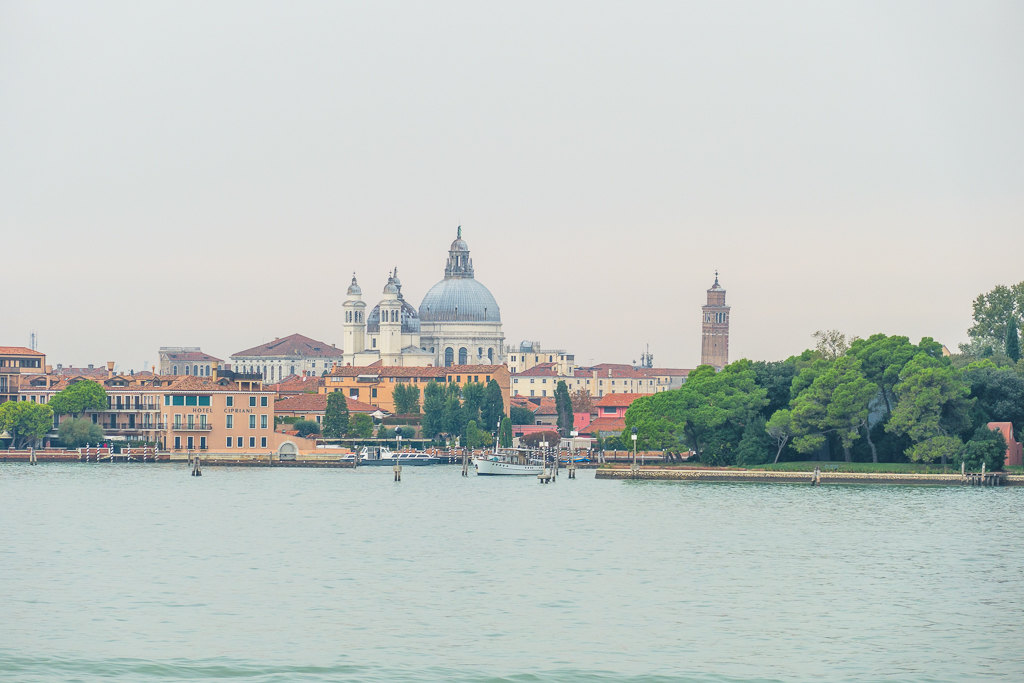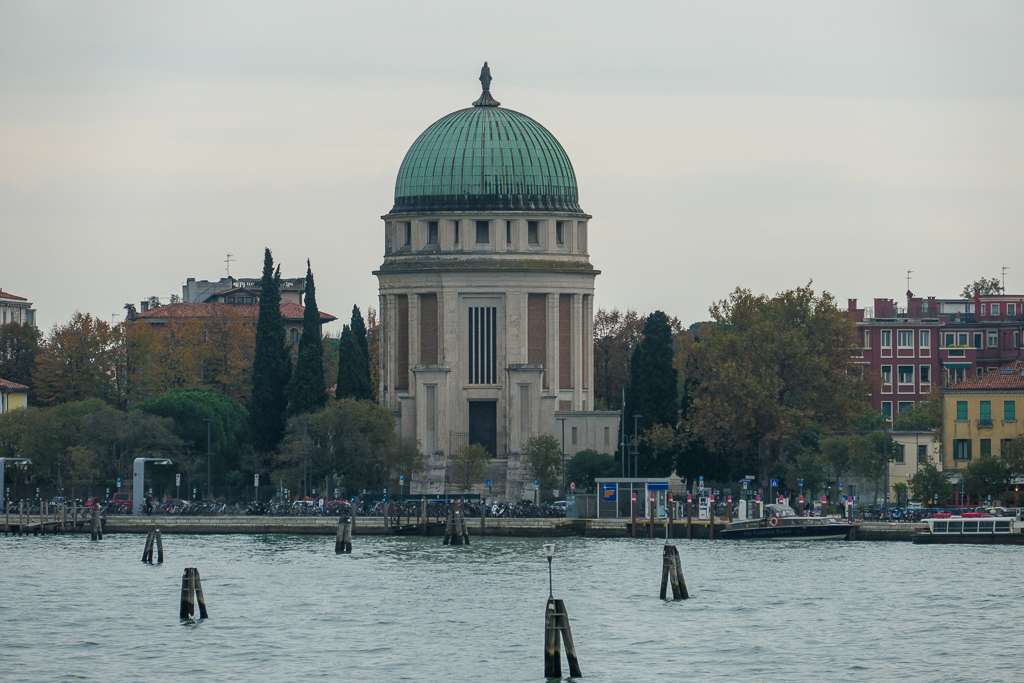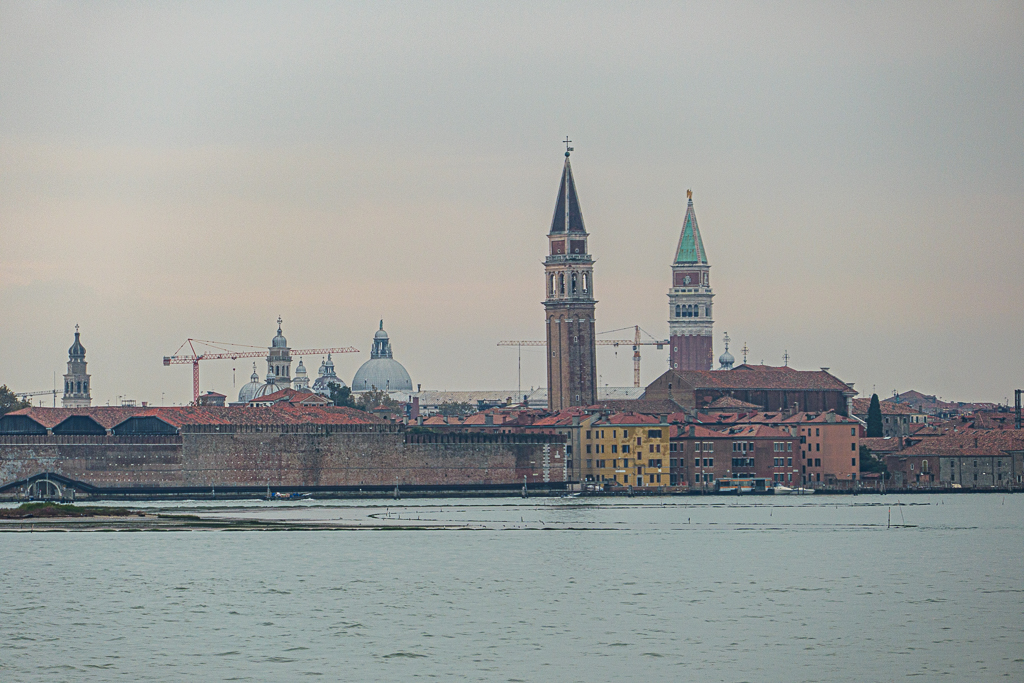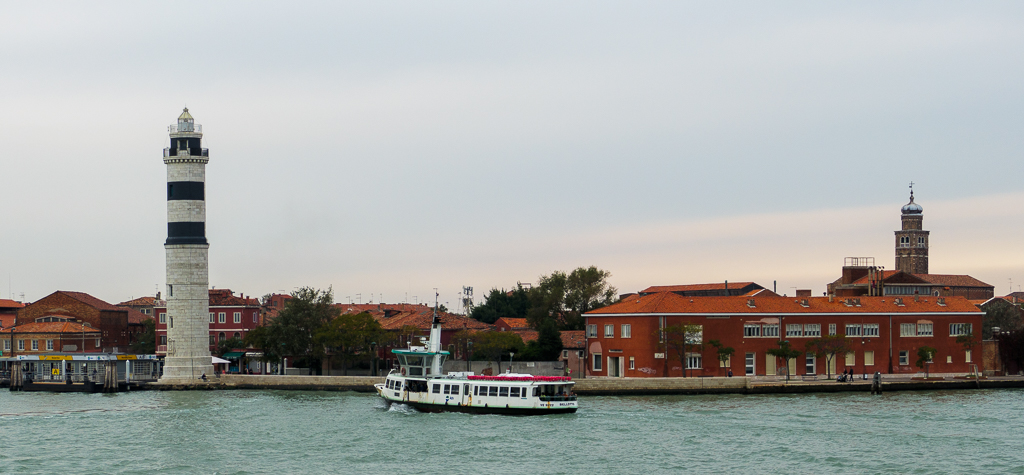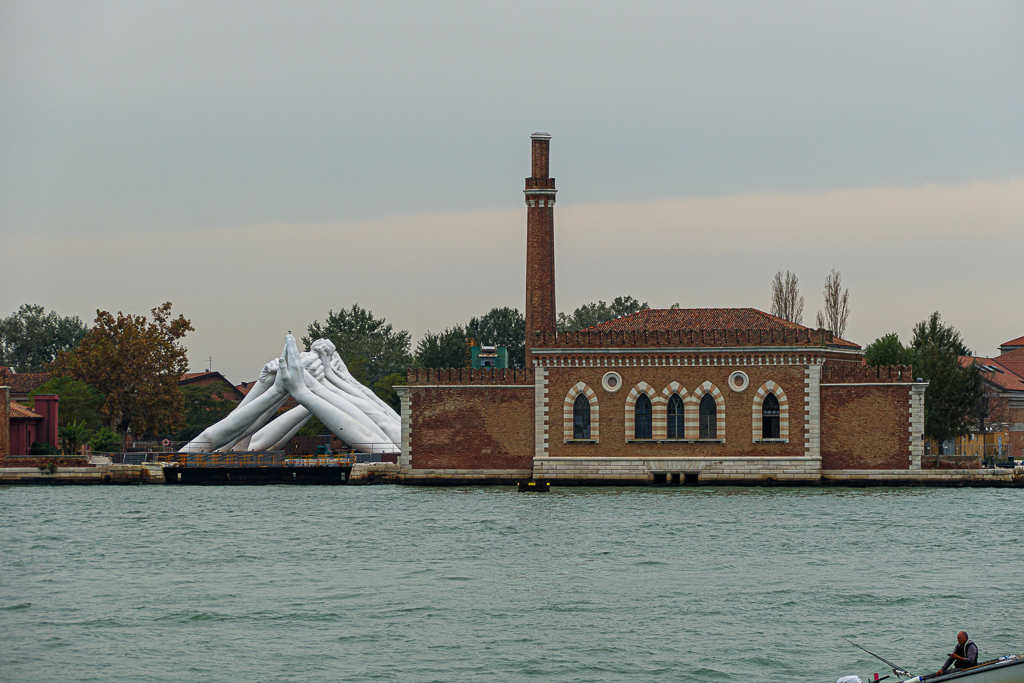This evening, we had a special visit to Saint Mark’s Cathedral Basilica, beginning with a short sailing to Saint Mark’s Square.
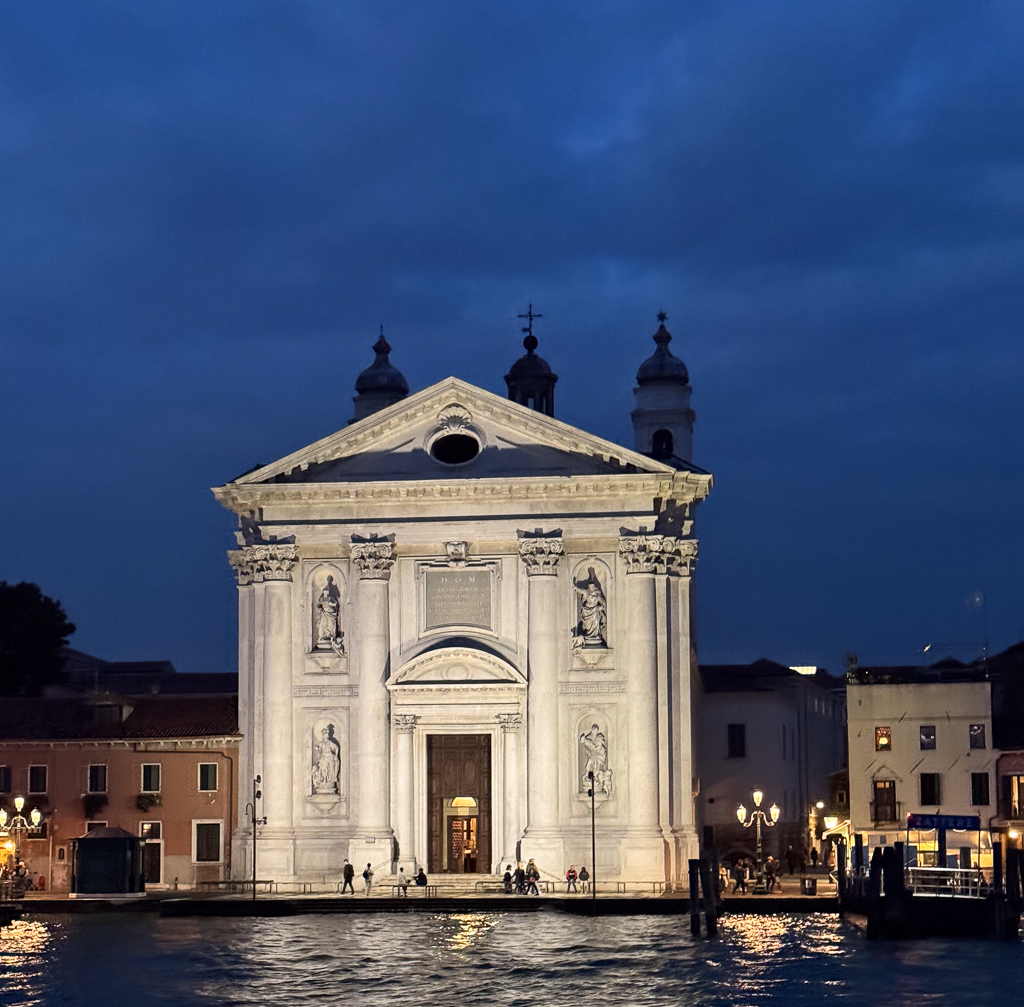
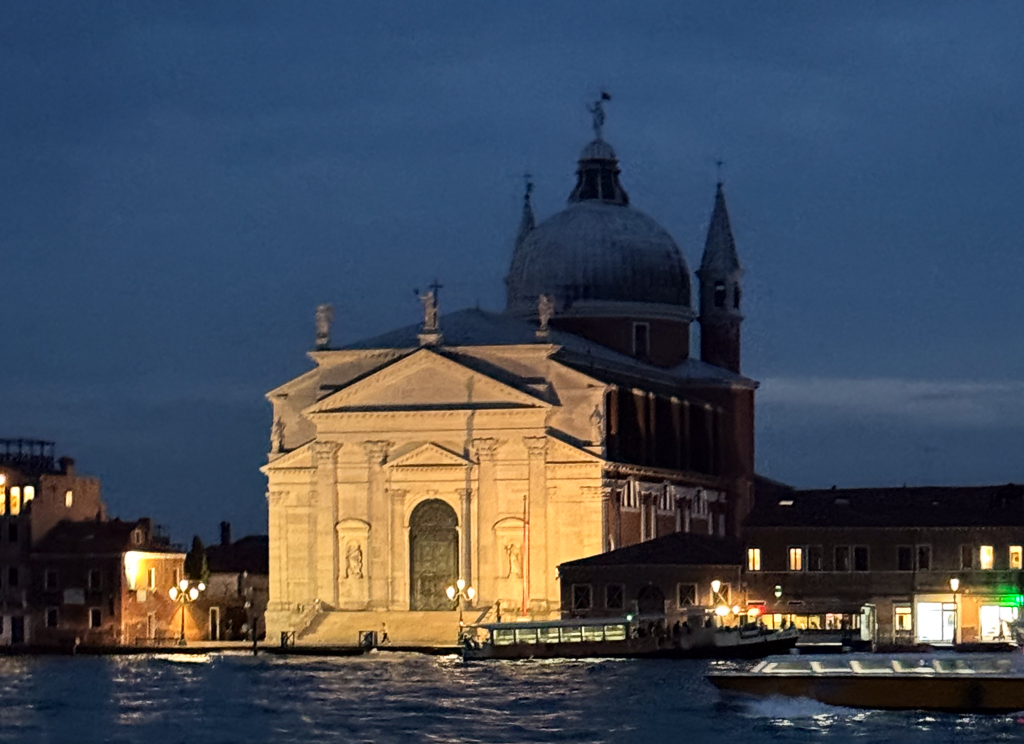
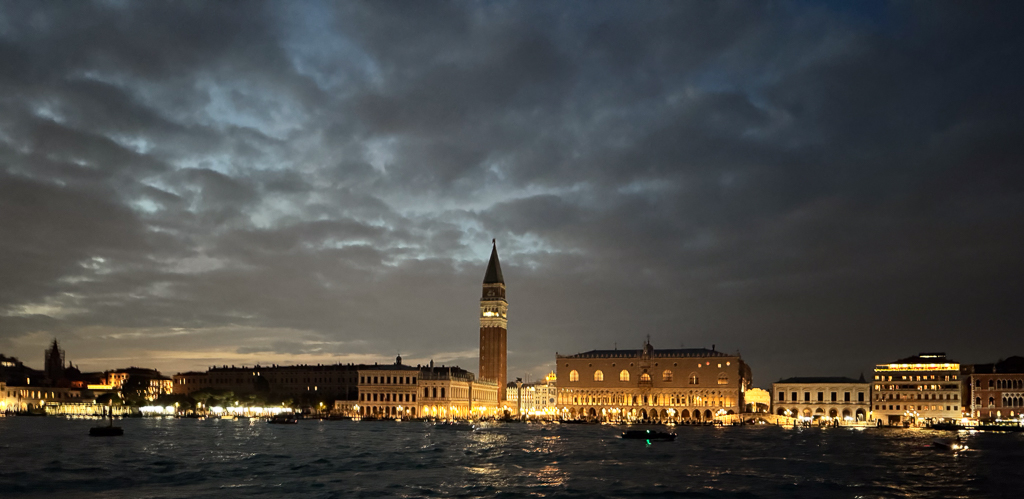
Our group of about 80 people were the only ones in the Cathedral, giving us time to look around without being hurried or jostled. My photos do not begin to do justice to the beauty of the Cathedral, but I tried.
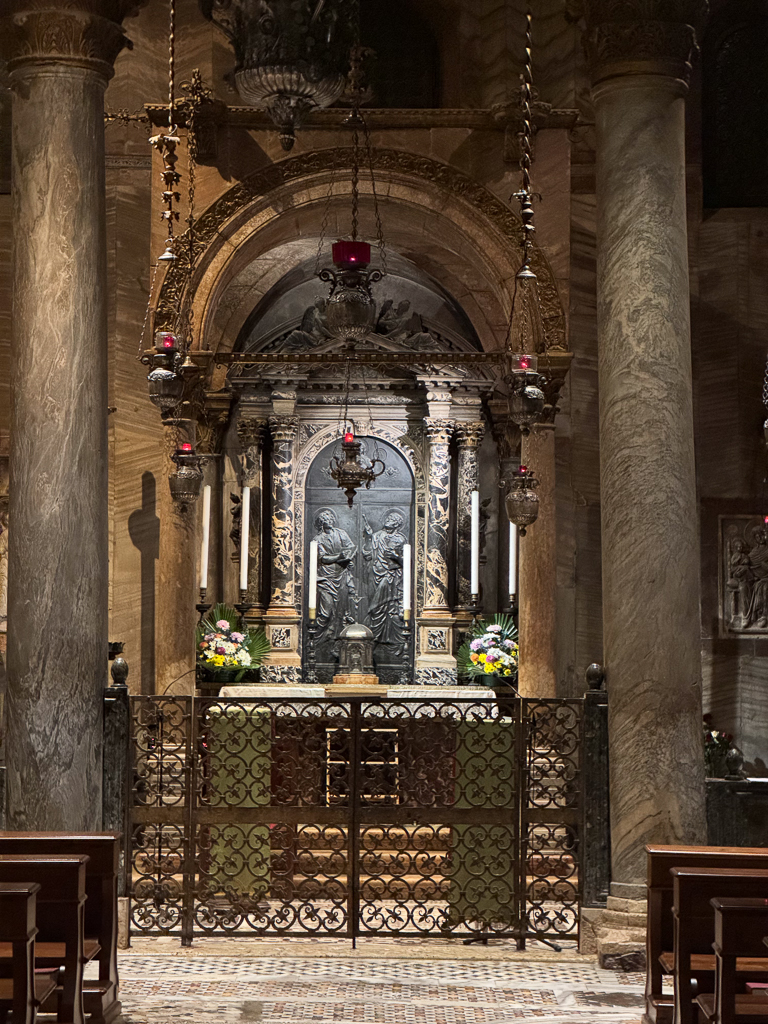
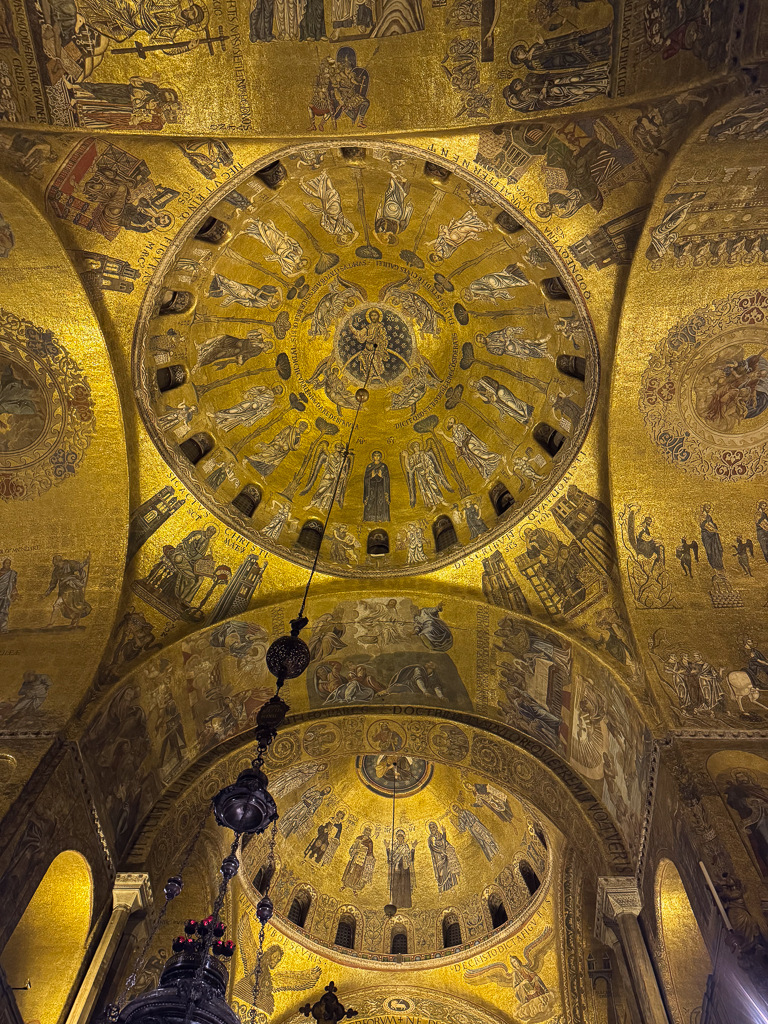
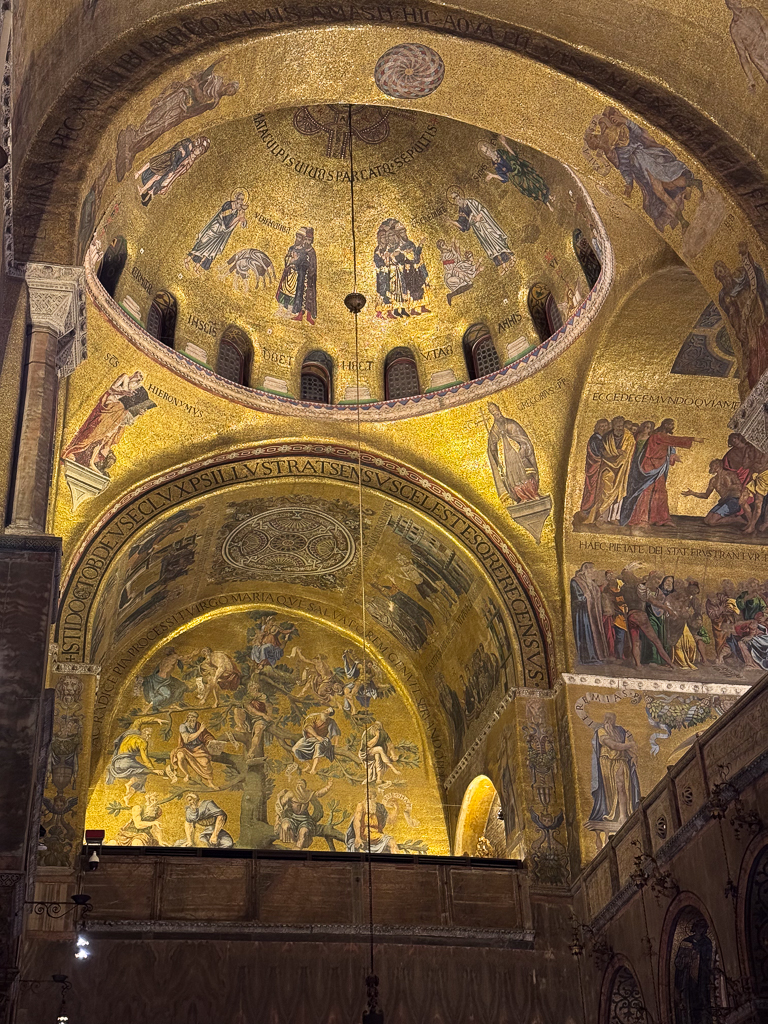
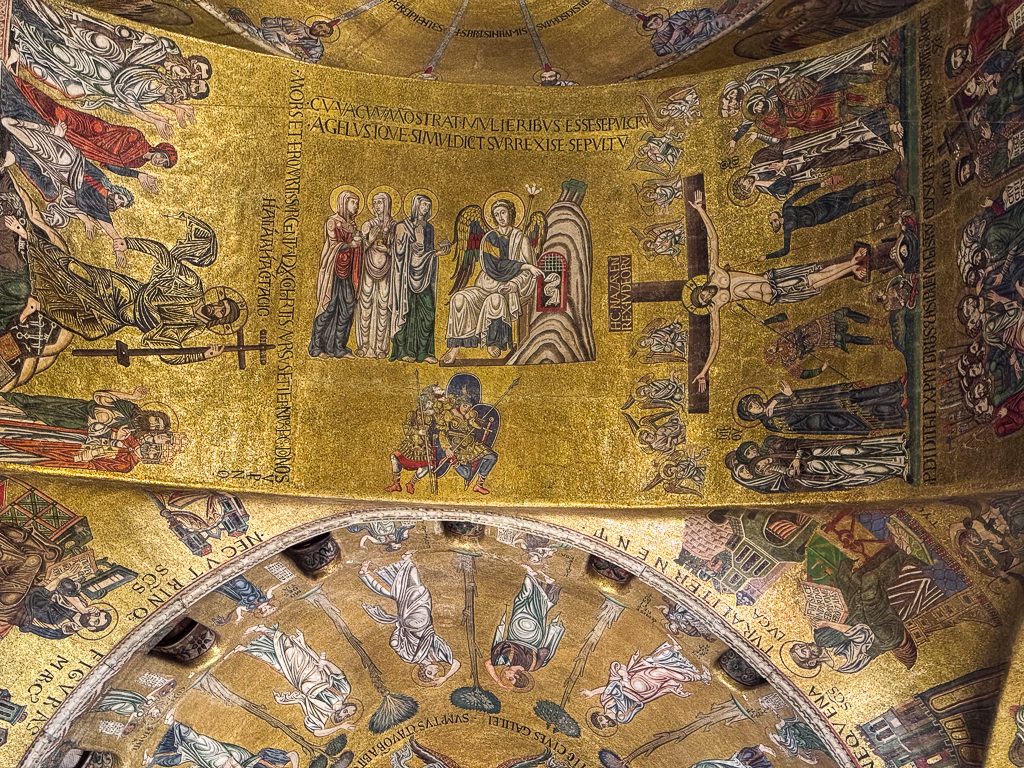
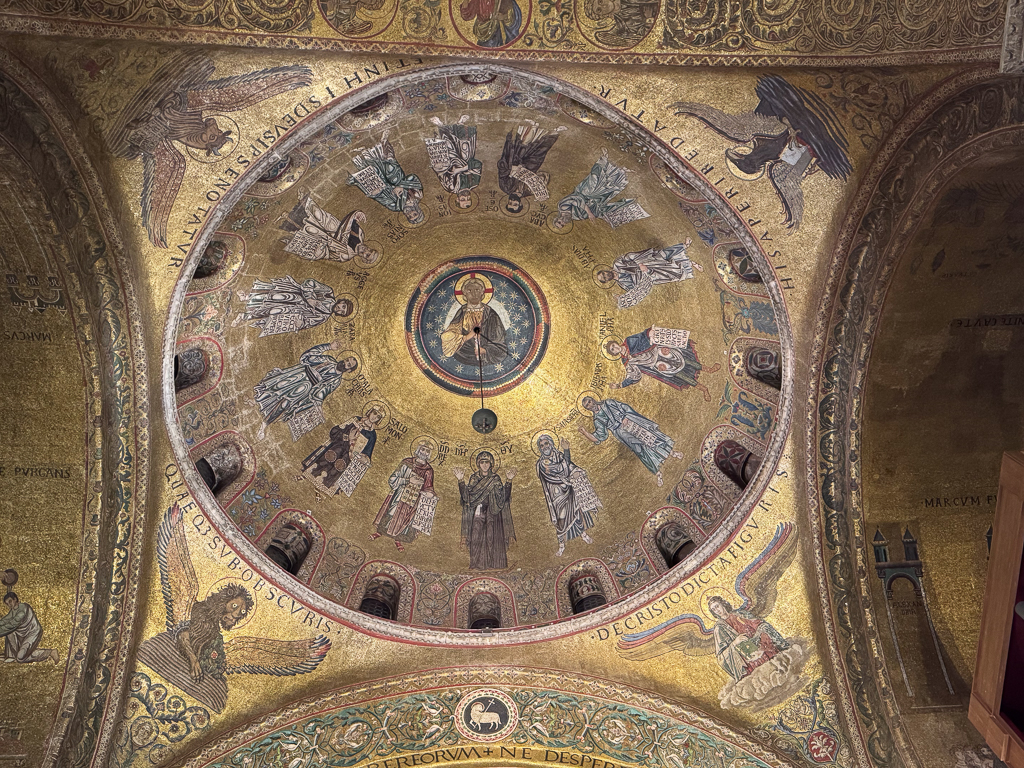
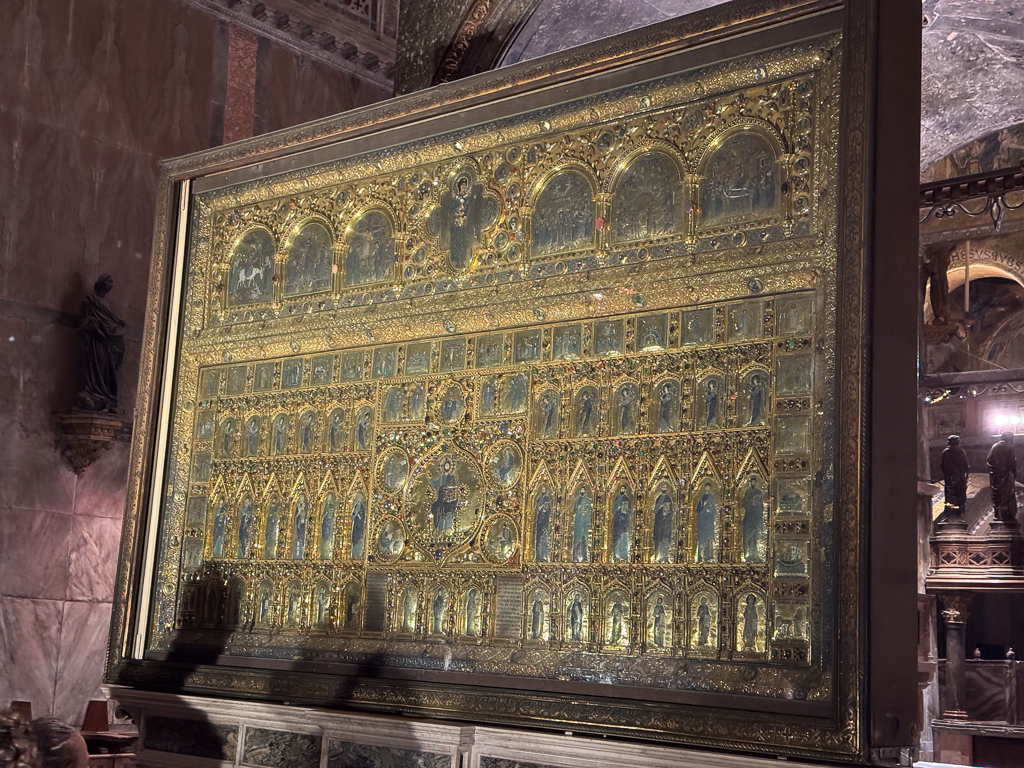
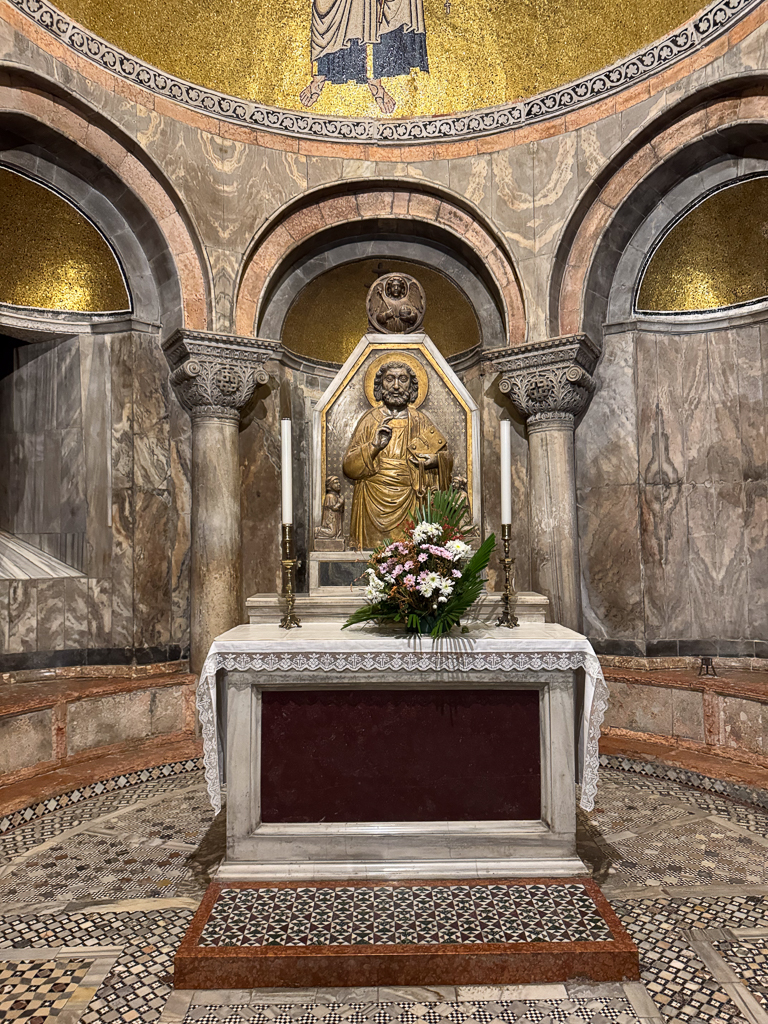
We were also able to visit the crypt, which is not possible on a regular visit. Our guide explained that Saint Mark’s relics were originally stored in the crypt, but were moved after a flood. There have been several major floods in the crypt in the centuries since then, most recently when a window broke under the pressure of the water.
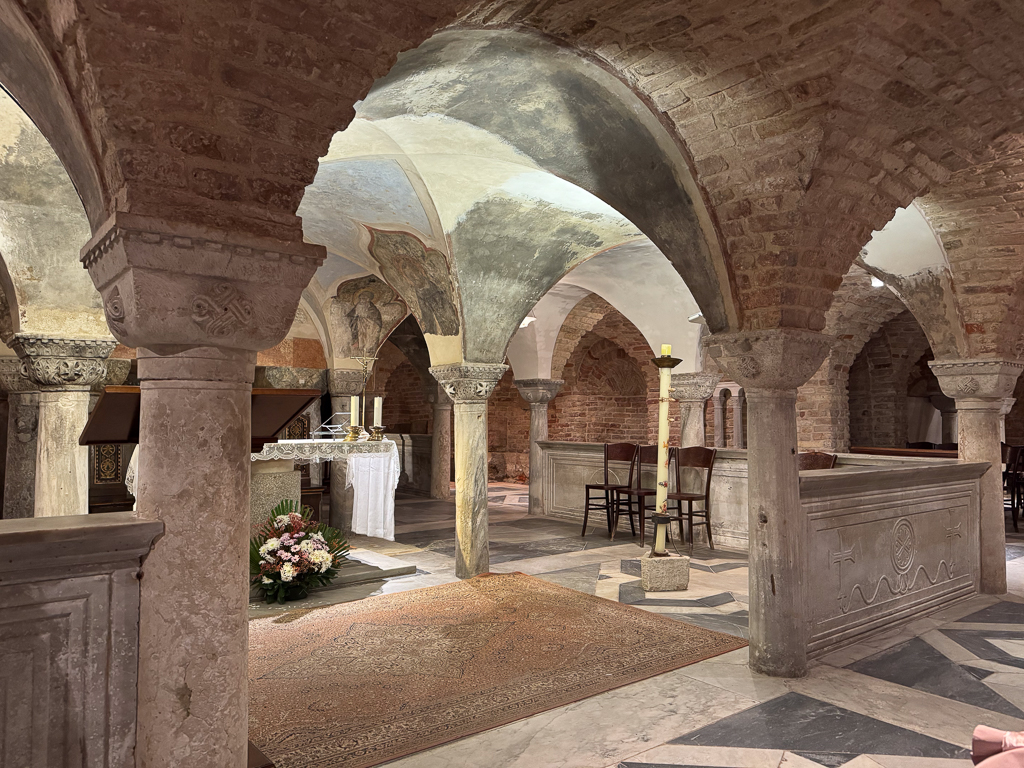
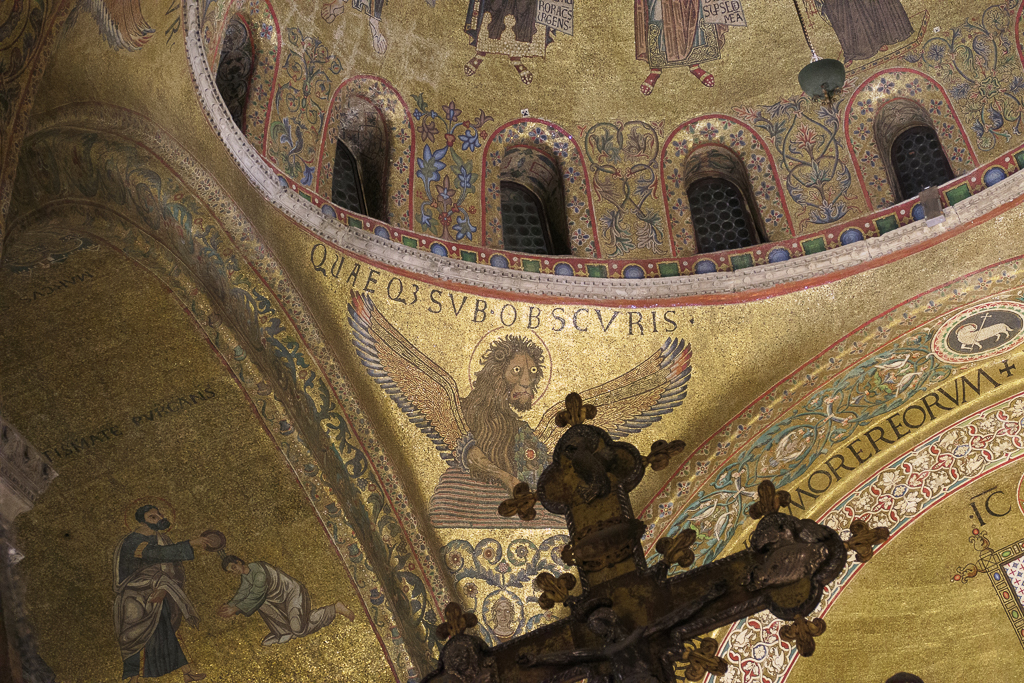
The cathedral is amazing; I’m glad Uniworld was able to give us the opportunity to see it in peace.
